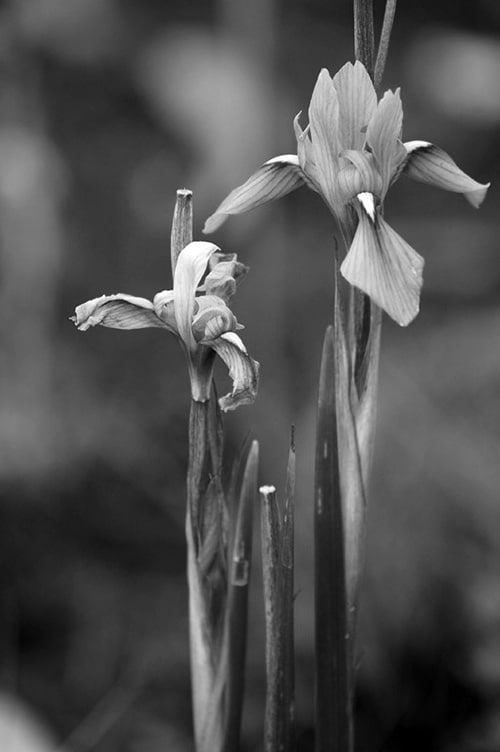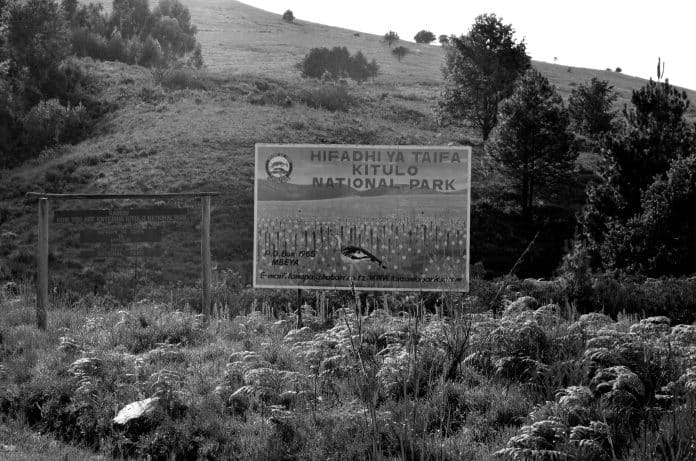A Quick Walkthrough – Kitulo National Park Tanzania
The Kitulo National Park is located in Tanzania’s southern highlands. It is a protected area on the Kitulo Plateau covered with montane grassland and forest. The Park’s elevation is 2,600 m (8,500 ft) between the Poroto and Kipengere mountain peaks. It covers 412.9 sq km (159.4 sq mi) of land within the Njombe and Mbeya regions.
Kitulo National Park Flowers
TANAPA (Tanzania National Parks) administers the Park. Kitulo National Park is also tropical Africa’s first national park established with the primary aim of protecting its flora. Local residents refer to the Kitulo Plateau as Bustani ya Munga, which translates to the garden of God. Botanists refer to it as the Serengeti of Flowers.
Establishment of the Park
In response to an increase in the international orchid tubers trade, hunting, and lodging activities in the surrounding forests, the protection of the unique flora on the Kitulo Plateau was proposed to the WCS (Wildlife Conservation Society). Former President Benjamin Mkapa announced the establishment of Kitulo National Park in 2002, and in 2005 it was formally gazetted. Kitulo National Park became Tanzania’s fourteenth national park. TANAPA announced that there was a possibility of expanding the Park to cover the neighboring Mount Rungwe forest grounds.
Kitulo Plateau National Park

The Kitulo National Park Plateau is located between two parallel ridges. During its wet season from November to April, the montane grasslands are covered with 350 different plant species. These include many ground Orchids, Afroalpine plants, and Geophytes. Some of the plant species are limited to nearby highlands and the Kipengere Range. Brachystelma Kituloensis, Pterygodium Ukingense, and Impatiens Rosulata are limited to the Kitulo Plateau.
Livingstone Forest
The Livingstone Forest is the largest forest block in the Kipengere Range and the Park. It is evergreen and descends on the southwestward slope of Kitulo National Park. Bamboo thickets (Yushania Alpina) are found between the high-elevation grasslands and the upper montane forests.
The Forest lies within the former Livingstone Forest Reserve, which covers 240.34 km2. It was incorporated into the Park in 2005. The Livingstone and Mount Rungwe forests are separated by a narrow corridor of tree plantations and farms known as the Bujingijila Gap.
Three limited-range mammal species inhabit the Forest but also live in Mount Rungwe. These are the Cephalophus Spadix (Abbott’s Duiker), the Rungwecebus Kipunji (Kipunji), and the Galagoides sp. Nov. (Rungwe Dwarf Galago).
WCS scientists discovered a new primate species in the Forest area and around Mount Rungwe in 2005. Originally known as the Highland Mangabey, it now goes by the Tanzanian name of Kipunji and is on the list of the 25 most endangered primate species globally.
Ndumbi Forest
The eastern Ndumbi Forest in the Kitulo National Park has Juniperus Procera (East African Cedar) forests and montane evergreen forests. It is home to a 100-meter waterfall. The Ndumbi Valley Forest Reserve, which covers 27.71 km2, was first established in 1956. In 2005, it was incorporated into the Kitulo National Park.
Kitulo National Park Animals
The park is home to several endangered species, including the uncommon njembe stalksinger, blue swallow, kipunji monkey, kipengere seed eater, red chalk hawk, zebra, chameleon, frogs, lizards, spiders, chimpanzee, steppe harrier, and other small insects.
Other Important Information About Kitulo National Park
- Best time to visit Kitulo National Park – during the season that is the driest, specifically is months of May to October
- Kitulo National Park accommodation – Kitulo Tripadvisor
For more articles related to Wildlife Parks in Tanzania click here!


































